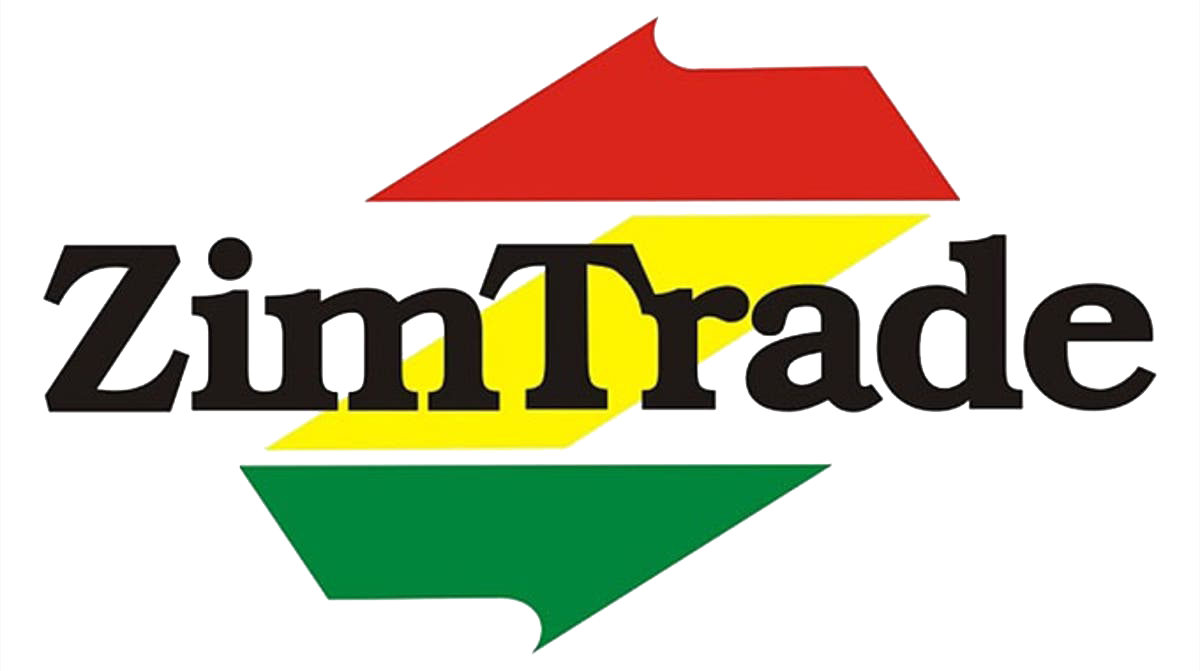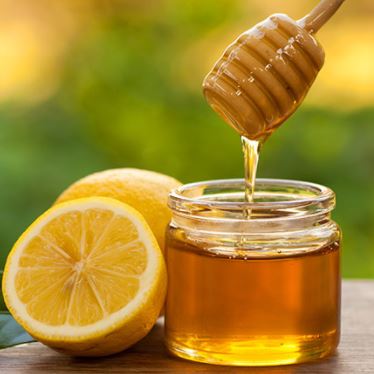Honey (Natural – HS 0409/ Artificial – HS 1702) is a sweet food substance produced by bees and some related insects. Bees produce honey predominantly from the floral nectar of plants or at times from honeydew of other insects. The variety of honey produced by honeybees (genus Apis) is the best-known type due to its global commercial production and preferred human consumption. Over the years, beekeepers have been able to semi-domesticate bees by contriving for bee swarms to nest in man-made hives for harvesting the excess honey. The three types of bees that are normally found in the hive or wild nest are a single female queen bee, a seasonally variable number of male drone bees to fertilise new queens and thousands of female worker bees.
Honey production
Honey is collected from wild-bee colonies of domesticated apiaries. Each year, an average colony produces between 27kg and 45kg of honey. The honey is stored in honeycombs and there are several methods for removing the combs.
- The sweeper, wearing a veiled helmet and protective gloves, simply sweeps the bees off the combs to collect the honey.
- The beekeeper injects some smoke into the apiary which makes the bees less aggressive and less likely to sting when opening the hive. Thereafter collects the honey
- Use of a separator board to close the ‘honey’ chamber off from the ‘brood’ chamber. This forces the bees to move to the brood chamber towards their ‘queen’ through a hatch and not re-enter the honey chamber. The separator board is normally inserted roughly 2 to 3 hours before one wants to remove the honeycomb.
In all processes, the honeycombs are then removed from the hive and the honey may be extracted by crushing or using a honey extractor. It is then further filtered to get rid of beeswax and other debris. In order to feed and preserve the colony, approximately one-third of the honey is left in the hive.
Health benefits of Honey
Since prehistoric times, honey has been used as both a food and a medicine as it is very rich in beneficial plant compounds and has numerous health benefits. Here are some:
- It is a delightful and healthier alternative to sugar. Getting its ‘sweetness’ from the monosaccharides fructose and glucose makes is a healthier alternative for refined sugar.
- High-quality honey contains many vital antioxidants which have been associated with reduced risk of strokes, heart attacks and certain types of cancers.
- Honey has been found most effective at healing partial-thickness burns and wounds which would have become infected after surgery. It is believed honey’s antibacterial and anti-inflammatory effects are responsible for its ‘healing powers’ as well as its capability to nourish surrounding tissue.
- Coughs and various colds can also be supressed with honey.
Market potential & requirements
There is an increase in demand for honey and bees wax for industrial use across the world. Most food processing, pharmaceuticals companies are now preferring to use honey because of its unique flavour, taste and healing properties. Products such as such as salad dressings, baked goods, snacks, and beverages containing honey usually have higher prices than those without on supermarket shelves.
In 2017, the United States of America was largest importer for honey with a world market share of 24.3%, followed by Germany and Japan with 12.1% and 6.1% market share respectively, according to Trade Map. During the same period, the top importers in the EU alone were Germany, United Kingdom, France, Italy and Belgium recording positive annual growth in value between 2016 and 2017 of 8%, 9%, 3%, 12% and 8% respectively.
As a trend the EU is a net importer of honey from third world countries. The increased demand in Europe for honey and the inadequate supplies put exporters from developing countries in an apt and favourable position.
In 2017, the world traded over 700,000 tonnes of natural honey valued at over US$2.3billion. The USA alone imported around 200,000 tonnes of honey, while Germany imported 80500 tonnes.
For exporting honey to the USA, the facilities that produce, store, or otherwise handle the products must be registered with the Food and Drug Administration (FDA) and prior notice of incoming shipments should be provided to FDA. Importers are responsible for ensuring that the product is safe, sanitary and labelled according to U.S. requirements.
For exporting to countries in the EU, compliance with legally binding requirements is necessary. These cover areas of food safety (traceability, hygiene and control), pesticide residues, maximum residue levels for antibiotics in honey, GMOs and the EU honey legislation.
Producing and exporting honey also offers an opportunity to diversify income sources, especially for women farmers. An opportunity exists for Zimbabwe to take advantage of Africa’s image as a ‘natural’ continent to increase our market share in the organic honey sector. Honey offers some ‘sweet’ export opportunities and the global honey market has more room to grow and exhibits a lot of untapped potential across the globe.
Publish Date: Wednesday 13 February 2019



